Table of Contents
Web development is a fast-moving field, and staying ahead means having the right tools in your arsenal. Whether you’re a front-end wizard, a back-end guru, or a full-stack all-rounder, the tools you use can make or break your workflow. In 2025, the landscape is more exciting than ever, with AI-powered assistants, lightning-fast build tools, and collaborative platforms reshaping how we build for the web. I’ve put together a list of the top 10 tools every web developer should know this year, based on their impact, ease of use, and ability to streamline projects. Let’s dive in and explore what’s hot in web dev for 2025!
1. Visual Studio Code (VS Code) – The Ultimate Web Developer Code Editor
If there’s one tool that’s practically synonymous with web development, it’s Visual Studio Code. This lightweight, open-source editor from Microsoft continues to dominate in 2025, and for good reason. Its customizable interface, vast extension marketplace, and built-in Git integration make it a one-stop shop for coding in virtually any language—HTML, CSS, JavaScript, Python, you name it.
What makes VS Code shine in 2025? AI-powered extensions like GitHub Copilot and Tabnine take it to the next level, offering real-time code suggestions, debugging help, and even auto-generating entire functions based on your project’s context. The Live Share feature also lets you collaborate with teammates in real-time, turning your editor into a virtual pair-programming hub.
Why You Need It: Speed, flexibility, and a massive community of extensions make VS Code indispensable for both beginners and pros.
Pro Tip: Try the “Prettier” and “ESLint” extensions to keep your code clean and consistent.
Get Started: Download it for free at code.visualstudio.com.
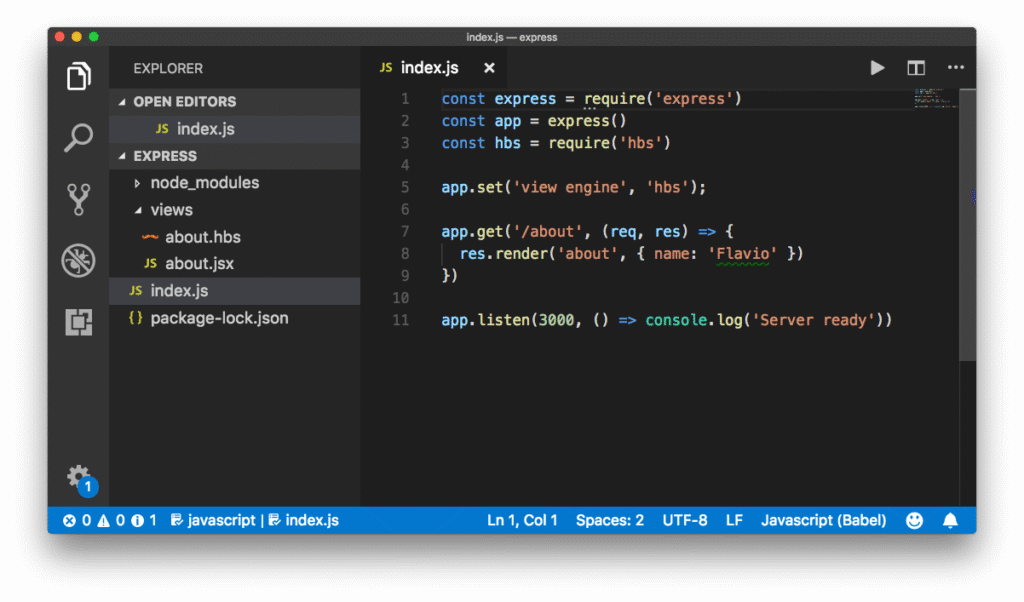
2. Figma – The Go-To for Design-to-Code Collaboration
Figma isn’t just for designers—it’s a game-changer for web developers too. In 2025, this cloud-based design platform has solidified its place as the bridge between design and development. With real-time collaboration, Figma lets you work alongside designers to create pixel-perfect UI designs, prototypes, and animations, ensuring a smooth handoff from mockup to code.
Figma’s developer-friendly features, like inspectable CSS properties and exportable assets, save hours of guesswork. Its companion tool, FigJam, is perfect for brainstorming wireframes or gathering feedback. Plus, Figma integrates with tools like Slack and Jira to keep your workflow seamless.
Why You Need It: It streamlines the design-to-code process and fosters better teamwork.
Pro Tip: Use Figma’s “Dev Mode” to grab CSS, SVG, or React components directly from designs.
Get Started: Check out figma.com for free plans or team subscriptions.
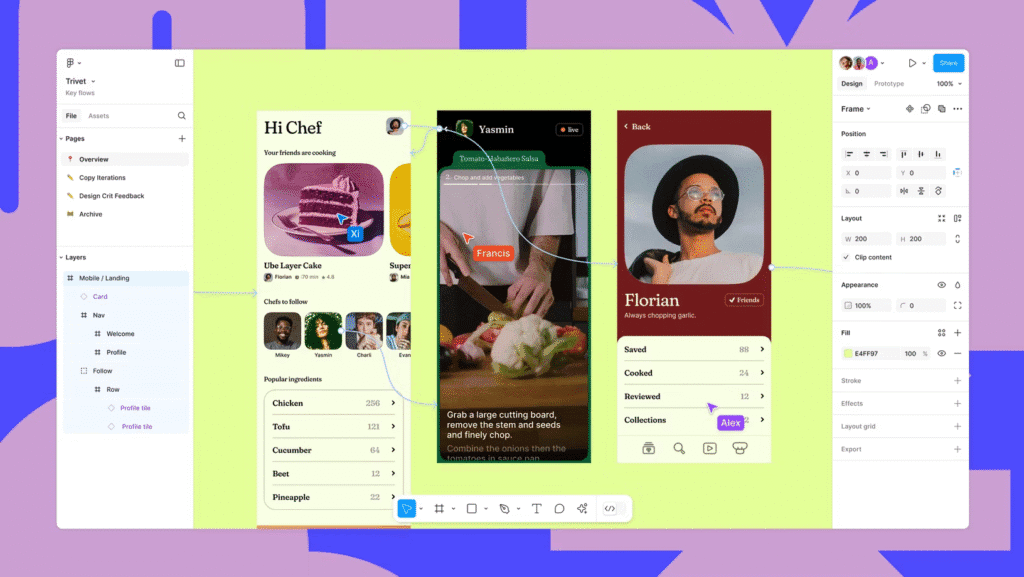
3. GitHub – Version Control and Collaboration Hub
No web developer ’s toolkit is complete without GitHub. It’s the gold standard for version control, code hosting, and team collaboration. In 2025, GitHub’s features like GitHub Actions for CI/CD automation and Codespaces for cloud-based development environments make it more powerful than ever.
Whether you’re managing open-source projects or private repos, GitHub’s issue tracking, pull requests, and branch management keep your projects organized. Pair it with GitHub Copilot for AI-driven code suggestions, and you’ve got a powerhouse for building and deploying apps.
Why You Need It: GitHub is essential for tracking code changes and collaborating with teams.
Pro Tip: Set up GitHub Actions to automate testing and deployment for faster releases.
Get Started: Sign up for a free account at github.com.

4. Next.js – The Full-Stack React Framework
Next.js has been a favorite for React developers for years, and in 2025, version 15 is leading the pack. This full-stack framework simplifies building fast, SEO-friendly web apps with features like server-side rendering (SSR), static site generation (SSG), and React Server Components. Its built-in API routes and image optimization make it a one-stop solution for modern web developer projects.
Next.js also integrates with Turbopack, a blazing-fast build tool that’s replacing Webpack for many developers. Whether you’re building a blog, an e-commerce platform, or a complex enterprise app, Next.js delivers.
Why You Need It: It’s perfect for creating scalable, high-performance web apps with minimal setup.
Pro Tip: Use Next.js’s App Router for a more intuitive file-based routing system.
Get Started: Visit nextjs.org to explore tutorials and templates.

5. Vite – The Lightning-Fast Build Tool
Say goodbye to slow build times with Vite. In 2025, this next-generation build tool has become the go-to for frameworks like React, Vue, and Svelte. Vite’s hot module replacement (HMR) and near-instant dev server startups make it a dream for developers who value speed.
Unlike traditional bundlers like Webpack, Vite leverages ES modules for faster builds and a leaner development experience. It’s also highly extensible, supporting TypeScript, JSX, and CSS preprocessors out of the box.
Why You Need It: Vite cuts down development time with its speedy builds and developer-friendly setup.
Pro Tip: Pair Vite with Tailwind CSS for rapid UI development.
Get Started: Check out vitejs.dev for quick setup guides.

6. Tailwind CSS – Utility-First Styling
Tailwind CSS 4.0 is a must-know for front-end developers in 2025. This utility-first CSS framework lets you style directly in your HTML with pre-built classes, making it faster to create responsive, modern UIs. Its just-in-time (JIT) compiler and theming options ensure your styles are lightweight and customizable.
Tailwind plays nicely with frameworks like Next.js, Vue, and Svelte, and its community-driven plugins add even more flexibility. If you’re tired of writing custom CSS or juggling bulky frameworks like Bootstrap, Tailwind is a breath of fresh air.
Why You Need It: It speeds up UI development while keeping your styles maintainable.
Pro Tip: Use Tailwind’s “dark mode” utilities to add seamless theme switching to your apps.
Get Started: Head to tailwindcss.com for docs and setup.

7. Postman – API Testing Made Simple
APIs are the backbone of modern web apps, and Postman remains the gold standard for testing and documenting them in 2025. Whether you’re working with REST or GraphQL APIs, Postman’s intuitive interface lets you send requests, inspect responses, and automate testing workflows.
Its collaboration features allow teams to share API collections, mock servers, and documentation, ensuring everyone stays on the same page. Postman’s integration with CI/CD pipelines also makes it a favorite for automating API checks.
Why You Need It: It simplifies API development and testing, saving you from manual headaches.
Pro Tip: Use Postman’s “Newman” CLI to run API tests in your CI/CD pipeline.
Get Started: Download it at postman.com.

8. Firebase – The All-in-One Backend Solution
For developers who want a robust backend without the hassle of managing servers, Google Firebase is a lifesaver. In 2025, Firebase remains a top choice for building scalable web and mobile apps, offering tools for authentication, real-time databases, cloud storage, and serverless functions.
Firebase’s integration with Google Cloud and its analytics suite make it ideal for startups and large-scale apps alike. Whether you’re building a chat app or an e-commerce platform, Firebase handles the heavy lifting so you can focus on coding.
Why You Need It: It’s a quick, scalable backend solution for rapid development.
Pro Tip: Use Firebase Authentication for secure, out-of-the-box user management.
Get Started: Explore firebase.google.com for free-tier options.
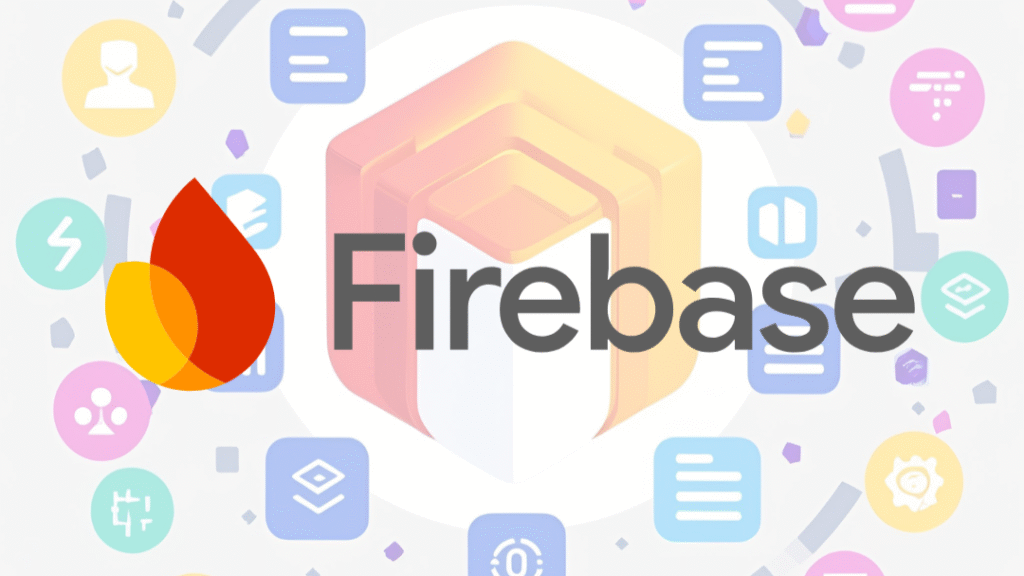
9. Storybook – Build UI Components in Isolation
Storybook is a game-changer for front-end developers working on component-driven UIs. In 2025, it’s a must-have for building, testing, and documenting UI components in isolation, ensuring they work flawlessly before integrating into your app.
Storybook supports frameworks like React, Vue, and Angular, and its addon ecosystem lets you test accessibility, performance, and responsiveness. It’s especially useful for large teams working on design systems or reusable component libraries.
Why You Need It: It reduces bugs and ensures consistent UI across your app.
Pro Tip: Use Storybook’s “Chromatic” addon for visual regression testing.
Get Started: Visit storybook.js.org for setup guides.
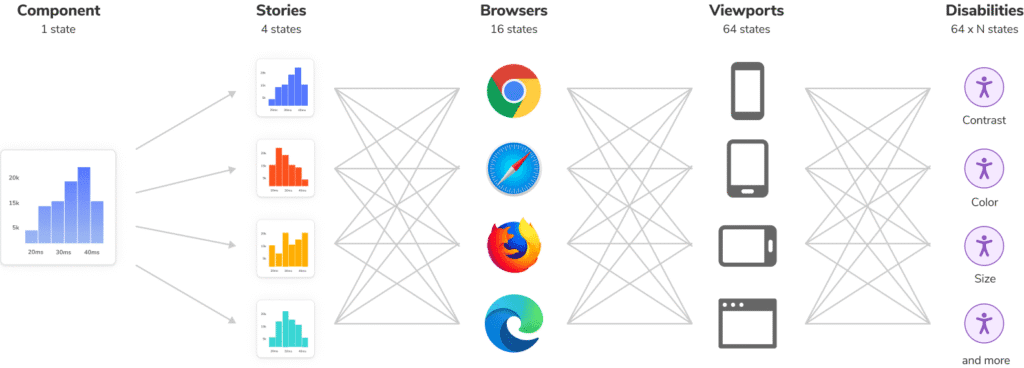
10. Chrome DevTools – Debugging and Optimization Powerhouse
Every web developer needs a reliable debugging tool, and Chrome DevTools is still unmatched in 2025. Built into Google Chrome, this free toolset lets you inspect HTML, tweak CSS in real-time, debug JavaScript, and analyze network performance.
With features like Lighthouse for SEO and performance audits, Chrome DevTools helps you optimize your site for speed and accessibility. It’s also great for simulating mobile devices or testing under slow network conditions.
Why You Need It: It’s essential for catching bugs and optimizing web performance.
Pro Tip: Use the “Performance” tab to identify bottlenecks in your app’s rendering.
Get Started: Open Chrome, hit F12, and start exploring!
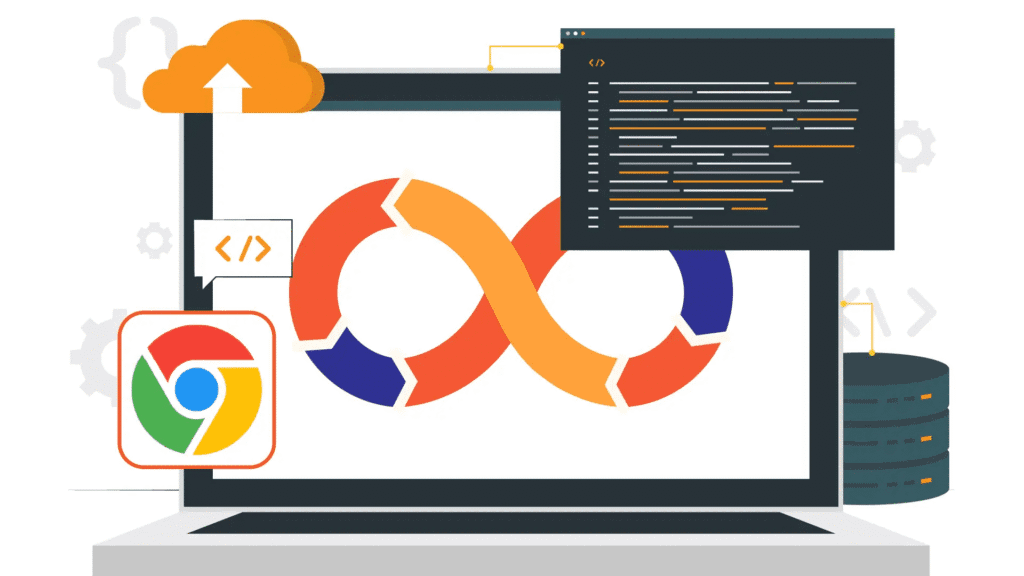
Why These Tools Matter in 2025
The web development world is evolving at breakneck speed, with AI, automation, and collaboration shaping the future. These 10 tools—ranging from code editors to design platforms to backend solutions—help you stay productive, reduce errors, and deliver high-quality projects. Whether you’re a solo developer or part of a large team, mastering these tools will give you a competitive edge.
Want to take your skills further? Experiment with these tools on small projects to see what fits your workflow. And don’t forget to keep learning—check out resources like MDN Web developer Docs or freeCodeCamp for tutorials and community support.
What’s your favorite web developer tool for 2025? Drop a comment below and let’s keep the conversation going!







Advances in Cloud Containers and Microservices for Scalable Business Operations - Kavcom Expert Best and top 10 cloud containers
September 1, 2025 at 10:45 pm[…] along with everything it needs to run—code, libraries, and dependencies. Unlike traditional virtual machines, containers share the same operating system, which makes them more efficient and less […]